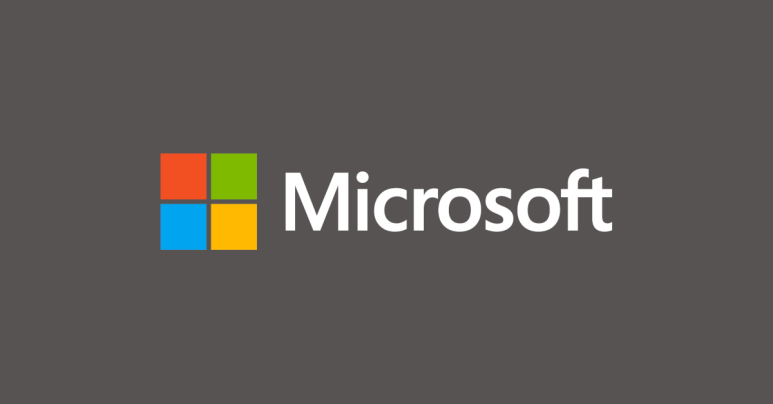Naked Security 33 1/3 – Cybersecurity predictions for 2023 and beyond – Naked Security
It’s the last regular working weekday of 2022 (in the UK and the US, at least), in the unsurprisingly relaxed and vacationistic gap between Christmas and New Year…
…so you were probably expecting us to come up either with a Coolest Stories Of The Year In Review listicle, or with a What You Simply Must Know About Next Year (Based On The Coolest Stories Of The Year) thinly-disguised-as-not-a-listicle listicle.
After all, even technical writers like to glide into holiday mode at this time of year (or so we have been told), and nothing is quite as relaxed and vacationistic as putting old wine into new skins, mixing a few metaphors, and gilding a couple of lilies.
So we decided to do something almost, but not quite, entirely unlike that.
Those who cannot remember history…
We are, indeed, going to look forward by gazing back, but – as you might have guessed from the headline – we’re going to go further back than New Year’s Day 2022.
In truth, that mention of 33 1/3 is neither strictly accurate nor specifically a tribute to the late Lieutenant-Sergeant Frank Drebbin, because that headline number should, by rights, have been somewhere between 34.16 and 34.19, depending on how you fractionalise years.
We’d better explain.
Our historical reference here goes back to 1988-11-02, which anyone who has studied the early history of computer viruses and other malware will know, was the day that the dramatic Internet Worm kicked off.
This infamous computer virus was written by one Robert Morris, then a student at Cornell, whose father, who also just happened to be called Robert Morris, was a cryptographer at the US National Security Agency (NSA).
You can only imagine the watercooler gossip at the NSA on the day after the worm broke out.
In case you’re wondering what the legal system thought of malware back then, and whether releasing computer viruses into the wild has ever been considered helpful, ethical, useful, thoughtful or lawful… Morris Jr. ended up on probation for three years, doing 400 hours of community service, and paying a fine of just over $10,000 – apparently the first person in the US convicted under the Computer Fraud and Abuse Act.
The Morris…



